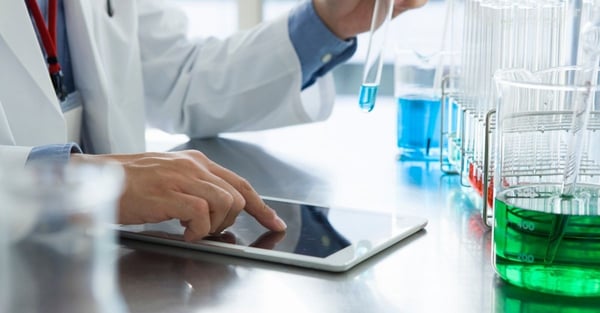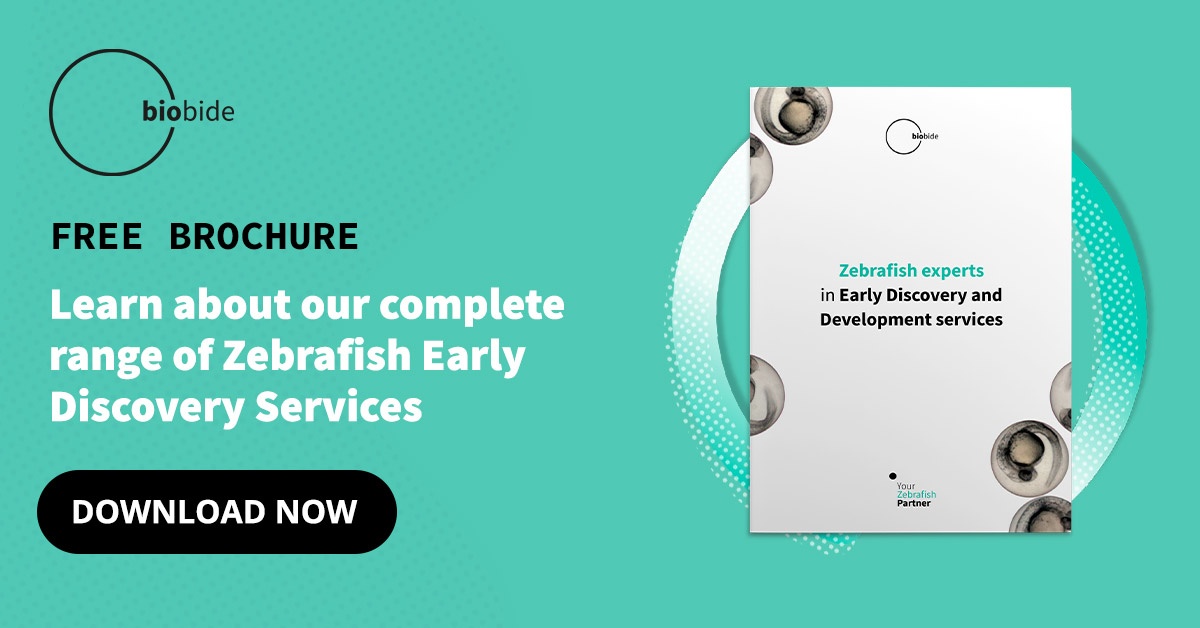The development of a new drug or product undergoes a long and stringent process before it can be marketed and sold to consumers. An efficacy test must be carried out to demonstrate that a product does what it claims to do. Efficacy testing is a key part of drug discovery and is used to test a range of products including medical, healthcare, cosmetics and cleaning products.

What is an Efficacy Test?
An efficacy test ensures that the packaging and marketing of a product accurately reflect the intended use of and statement on the product. It investigates the benefits or harm a product may cause when used on or by humans.
The test ensures that before it is launched a product:
-
Is safe
-
Is fit for purpose
-
Produces an effect
Various efficacy tests can be performed, depending on the product, and assays can be tailor-made to determine the product meets particular criteria. The results of a successful test can be used to give evidence of the efficacy of a product to the relevant authority.
In drug testing, a product has to fulfil its purpose before it can be marketed. It must be safe for the prevention or treatment of human disease and produce the desired effect e.g. prolonging life, improving the way of life in patients with a disease or relieving symptoms.
After efficacy testing, effectiveness measurement takes place. Efficacy and effectiveness in product testing should not be confused. Whilst efficacy measures the production of an effect (e.g. whether a vaccine prevents a disease during testing), effectiveness describes how well the vaccine would work in the real world. Efficacy tests take place in controlled situations (laboratories) and can produce different results from effectiveness studies.
Different efficacy tests exist depending on the product and country. For example, medical products marketed in the EU must meet the guidelines of the European Medicines Agency (EMA).
What Models Can Be Used in an Efficacy Test?
Several different models can be used in an efficacy test, from animal models such as rodents, primates and Zebrafish to mathematical and computer models.
Mice and rats have traditionally been used in the past to test everything from cancer to Alzheimer’s and heart disease. They have historically been an easy-to-breed option that is relatively similar to the human model. However, these tests, although sometimes successful with rodents, have not translated to cures for humans as is clear as there is still no cure for cancer. A mouse has 92% of human genes yet test results and outcomes can be disrupted as the genes function differently when subjected to certain tests.
The use of animal models is becoming less common as alternatives are discovered. Animal testing is necessary in some cases but is reducing for ethical reasons and due to the implementation of the 3Rs policy. This Reduce, Refine and Replace framework provides a set of regulations that should be followed in the product testing procedure.
Zebrafish are a popular alternative model that conforms with the 3Rs strategy. This tiny tropical fish has proved to be a valuable assay for efficacy testing due to its similarity to the human genetic structure. It is a transparent model that shares 70% of its genes with human genes, and 84% of the genes associated with human disease exist in the Zebrafish. Zebrafish are also cheap to maintain, fast-breeding and transparent, making it easy to study their organs.
Examples of Assays for Efficacy Tests
The efficacy of a product can take place as part of the preclinical study. A set of predetermined criteria are used to evaluate the performance of the product.
Examples of efficacy tests that include the use of Zebrafish:
-
To inhibit angiogenesis in cancer, diabetes and psoriasis.
-
For the study of Alzheimer’s and Parkinson’s disease and epilepsy.
-
The assessment of regeneration of organs and tissue after injury.
-
To test skin whitening cosmetics.
-
Antioxidant testing for cosmetics.
-
To study rare diseases.
As testing on animals becomes less common the use of alternative models for efficacy testing is having an impact on medical product development. This is particularly relevant in the current situation where the pharmaceutical companies are under pressure to find cures for both common and rare human diseases that have been suffered for many years.





